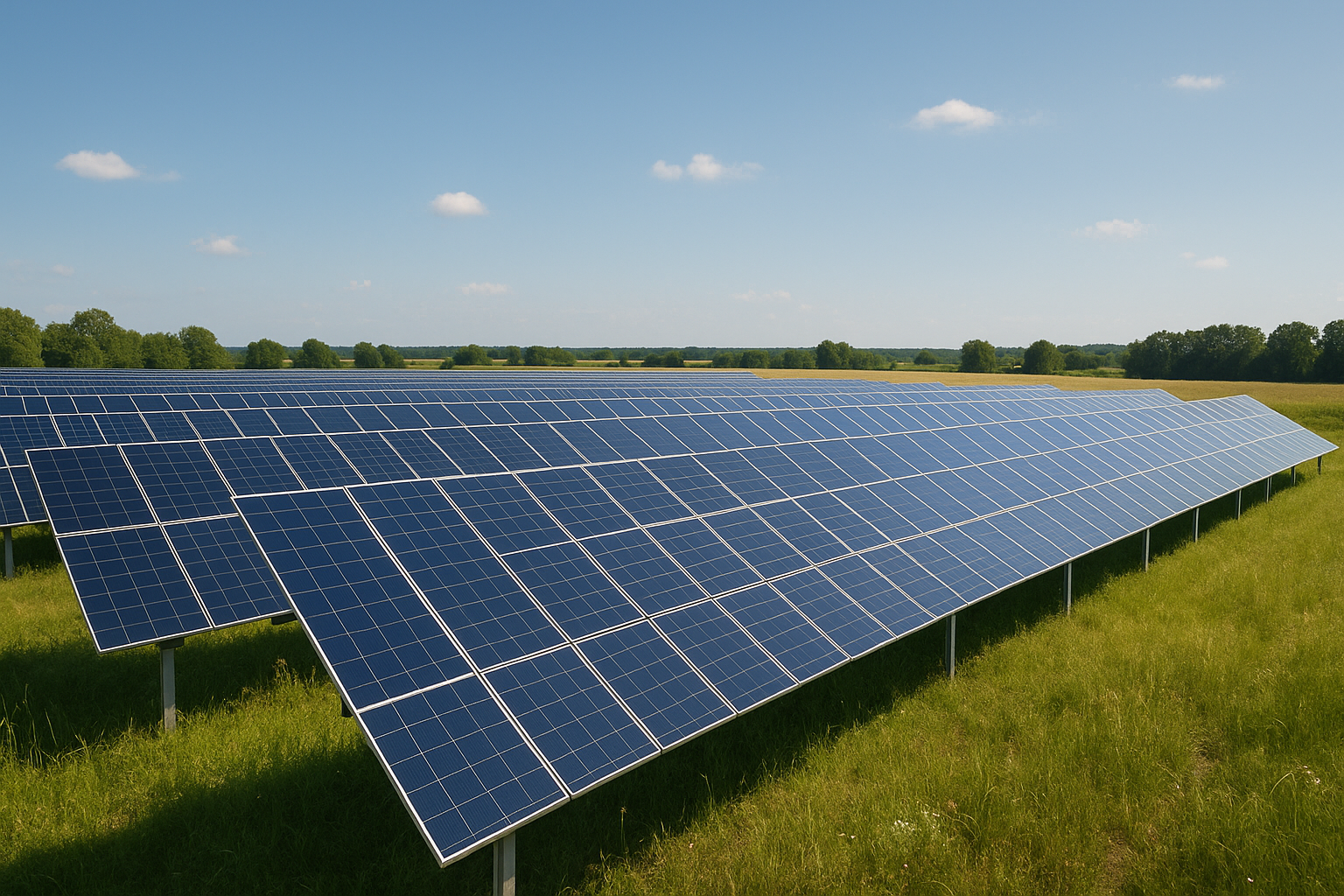Solar energy is quickly becoming the go-to solution for UK homeowners looking to reduce energy bills, boost their property's value, and lower their carbon footprint. With over 1.6 million UK homes already benefiting from solar power, it's an ideal time to consider joining them.
This guide will clearly explain every step involved in the solar panel installation process, from initial assessment to system activation, ensuring you're well-informed throughout your solar journey.
8-Step Installation Process
Follow this comprehensive step-by-step guide to understand exactly what happens during your solar panel installation journey.
- Roof Direction: South-facing roofs work best, but east or west-facing roofs are also good options.
- Roof Angle: Most roof angles work well, though 30-40° is ideal for maximum energy production.
- Shading: Trees or buildings that cast shadows can reduce energy output, but installers can work around this.
- Roof Strength: Your roof needs to be strong enough to safely support the panels.
- Electrical System: A quick check ensures your home's electrical setup is compatible.
- System Size: Most UK homes need a 4-5 kW system (about 10-14 panels) to cover their energy needs.
- Roof Space: The available space on your roof determines how many panels can be installed.
- Inverter Type: You'll choose between standard inverters or microinverters (which work better in shaded areas).
- Battery Storage: You can add battery storage now or later to store energy for use at night.
- Most UK homes can install solar panels without planning permission.
- Panels must not stick out too far above your roof line.
- Homes in conservation areas or listed buildings may need special permission.
- Your installer handles all the paperwork and ensures everything meets building regulations.
- Select a certified installer through the Microgeneration Certification Scheme (MCS).
- MCS certification ensures quality work and consumer protection.
- Certification makes you eligible for financial incentives like the Smart Export Guarantee (SEG).
- Always verify credentials and check customer reviews before making a decision.
- Scaffolding will be erected around your home a few days before installation.
- This provides safe roof access for the installation team.
- The scaffolding typically remains for a short period after installation.
- Clear access paths and remove any fragile items from the work area.
- Installation typically takes just 1-2 days for most homes.
- Mounting Rails: Installers fix special brackets and rails onto your roof securely.
- Panel Placement: Panels are attached securely to these rails.
- Electrical Wiring: Panels are connected via cables running through your home to the inverter.
- Inverter Installation: The inverter converts solar-generated electricity into usable power.
- Grid Connection: Your system connects to your home's electrical panel.
- Thorough safety checks and system tests are conducted.
- Your system is registered with MCS for certification.
- You'll receive an MCS certificate required for incentive schemes.
- The installer demonstrates how your new system operates.
- Basic maintenance and monitoring procedures are explained.
- Once activated, your panels immediately start producing electricity.
- The Smart Export Guarantee (SEG) scheme pays you for surplus electricity sent back to the grid.
- You will need a smart meter and your MCS certificate to register.
- Rates vary by supplier, so it's beneficial to shop around for the best deal.
- Monitor your energy production and export through your inverter's app or display.
Ready to Start Your Solar Journey?
Installing solar panels is a straightforward, rewarding investment that significantly reduces your energy costs and environmental impact. With clear guidance and professional installation, transitioning to solar power has never been easier or more beneficial for UK homeowners.
